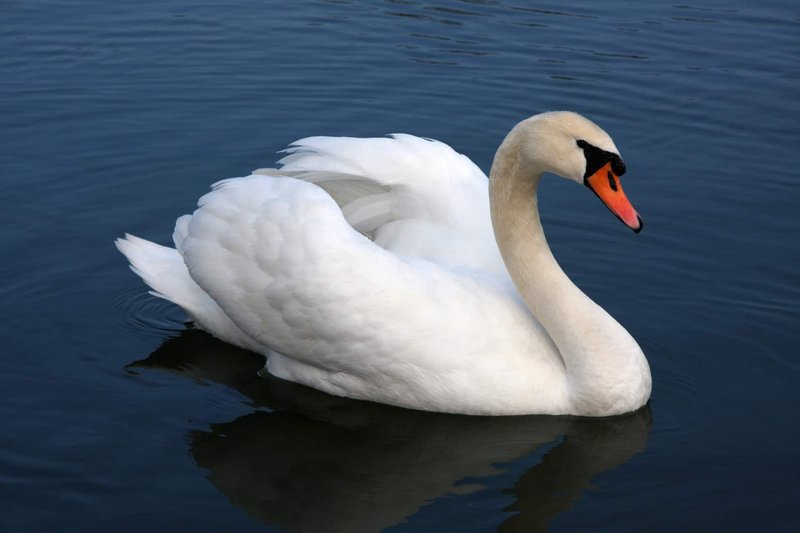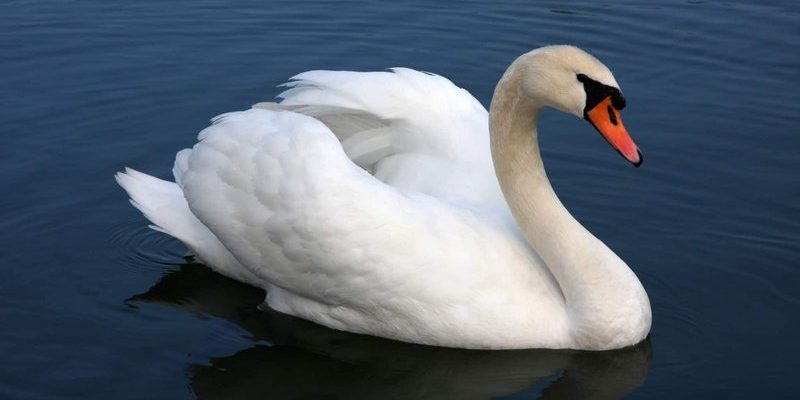
The Different Species of Swans
There are several species of swans, each unique in its own right. The most commonly recognized are the mute swan, the trumpeter swan, and the whooper swan.
- Mute Swan: Known for its distinctive orange bill and black knob, the mute swan is widely found in North America and Europe. They often grace park lakes, adding charm to the scenery.
- Trumpeter Swan: Named for its loud, trumpet-like call, this species is native to North America and is easily recognizable by its all-white plumage and black face.
- Whooper Swan: Common in Europe and Asia, the whooper swan is named for its whooping call. It’s slightly larger than the mute swan and has a more elongated neck.
Each species has its own special features and habitats, making swans a fascinating group of birds to learn about. You might be wondering which of these species is most at risk. Let’s find out!
Understanding Threatened and Endangered Status
Before we dive into the specific challenges swans face, it’s important to get clear on what it means for a species to be “threatened” or “endangered.”
– Threatened: This term typically refers to species that are at risk of becoming endangered in the near future. They might have declining populations due to various factors.
– Endangered: This status indicates that a species is facing a very high risk of extinction in the wild. Their numbers are critically low, and immediate action might be needed to protect them.
So where do swans fit in? Well, it varies by species. Overall, the mute swan is doing fairly well, while the trumpeter swan has made a comeback thanks to conservation efforts. However, some populations of whooper swans are facing serious challenges.
How Human Activities Impact Swans
Human activities play a significant role in the challenges swans face. You might be surprised to learn just how much our actions impact these beautiful birds.
- Habitat Destruction: As we develop lands for farming, housing, and industry, swan habitats are shrinking. Wetlands, lakes, and ponds are crucial for their survival, and when these areas are drained or polluted, swans lose their homes.
- Pollution: Chemicals and waste in water bodies can harm swan populations. Pollution affects not only their food sources but also the overall health of the ecosystems they inhabit.
- Climate Change: As temperatures rise, ice melts and water levels fluctuate. These changes can impact breeding and feeding areas for swans, creating additional challenges for their survival.
By understanding these impacts, we can start to see why it’s essential to protect swan habitats and advocate for sustainable practices.
Conservation Efforts for Swans
Fortunately, people around the world are working hard to protect swans and their habitats. Conservation efforts have made a positive impact, especially for species like the trumpeter swan.
- Protected Areas: Many organizations have established protected wetland areas to safeguard critical habitats for swans and other wildlife.
- Breeding Programs: Some conservation groups run breeding programs to help increase swan populations, particularly for the more vulnerable species.
- Community Awareness: Educating the public about the importance of swans and their ecosystems is key. Community involvement can lead to more people joining in the protection efforts.
These initiatives showcase that concerted efforts can have a real, positive impact on swan populations and their environments.
Which Swans Are Most at Risk?
When looking at swan species, you’ll find that not all are equally threatened. Understanding which ones are at higher risk can guide conservation priorities.
– The trumpeter swan was once nearing extinction due to hunting and habitat loss, but thanks to dedicated conservation efforts, their numbers are now gradually increasing.
– The whooper swan, however, shows some alarming trends. Certain populations are decreasing, often due to habitat loss and hunting pressures in their migratory paths.
Keeping an eye on these trends is crucial for their survival. It’s like keeping tabs on a close friend who’s going through a tough time. By paying attention, we can step in when needed.
What You Can Do to Help
Feeling a bit inspired? There are plenty of ways you can help swans in your community and beyond.
- Raise Awareness: Share what you’ve learned with friends, family, or on social media. The more people know about swan conservation, the better.
- Support Local Conservation Groups: Many organizations work tirelessly to protect swans and their habitats. Consider donating or volunteering your time.
- Reduce Pollution: Be mindful of your impact on local waterways. Simple actions like using fewer chemicals in your garden can make a difference.
Remember, every little action counts! Like ripples in a pond, small efforts can lead to big changes over time.
In the grand tapestry of nature, swans hold a special place. They are not only beautiful creatures but also important indicators of a healthy ecosystem. While some swan populations, like the mute swan, are doing relatively well, others, such as the whooper swan, are facing real threats.
By understanding the issues swans encounter and supporting conservation efforts, we can help ensure that future generations get to enjoy these elegant birds. Honestly, it’s a small investment for a world that benefits from their presence. So, let’s keep learning, sharing, and taking action to protect our feathered friends!

